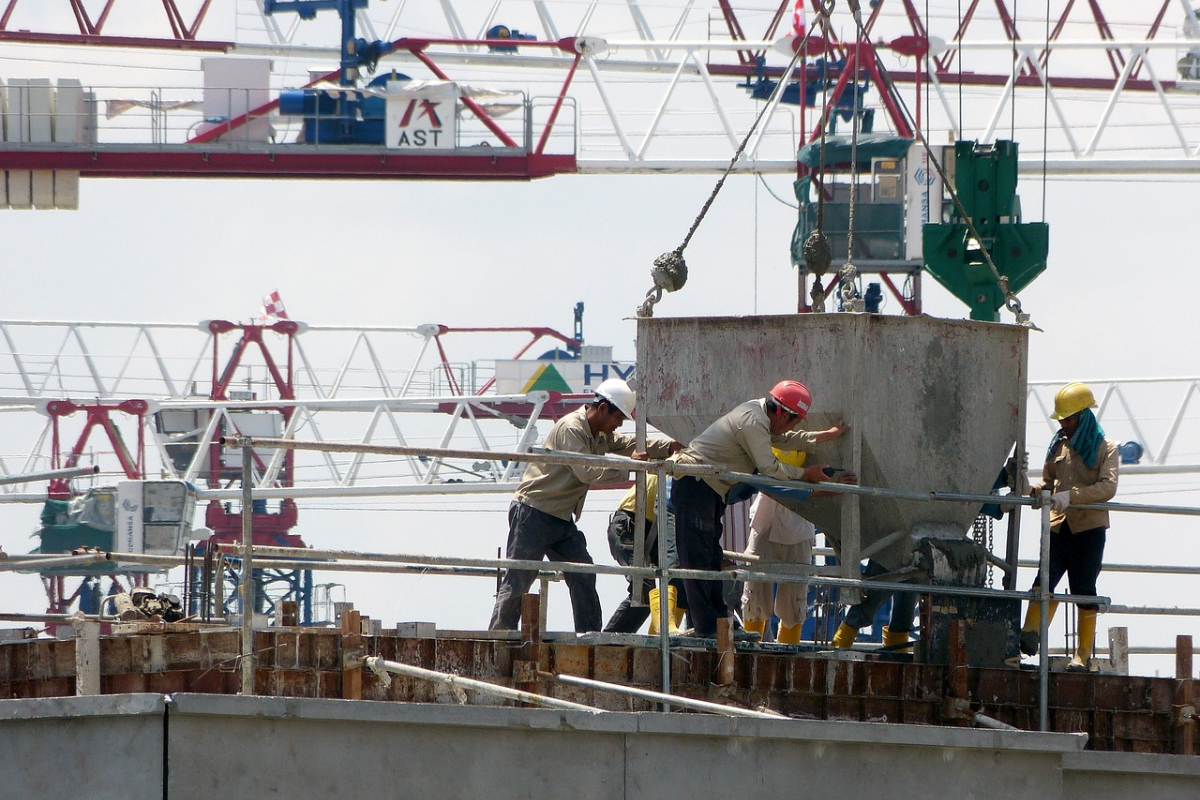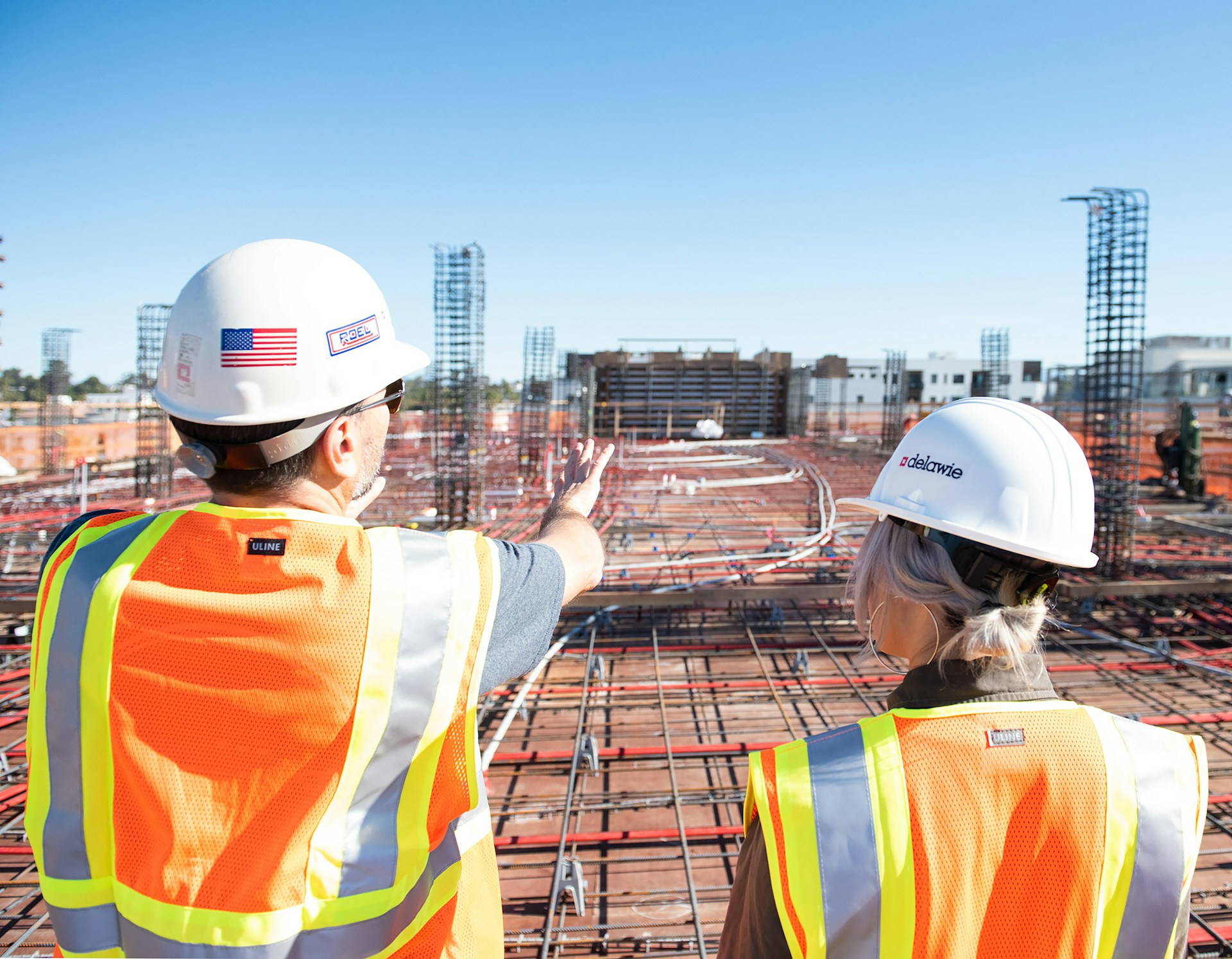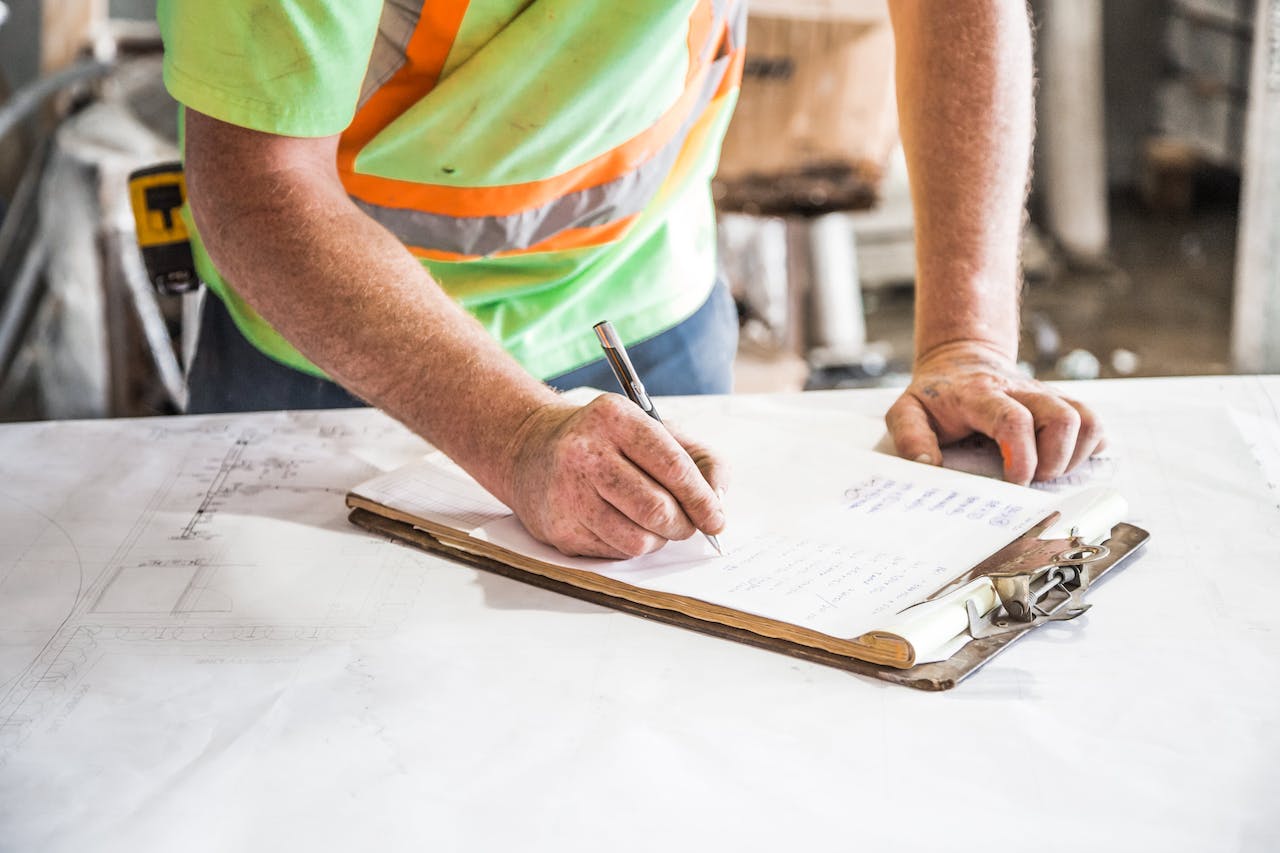Large and small construction enterprises rely extensively on tools, equipment, trucks, and other assets. Managing so many large construction projects might be difficult. A good asset management system will help your firm run effectively.
Asset management gathers, supervises, monitors, and tracks an organization’s assets. A successful asset management system improves the company’s utilisation of resources, supply levels, waste, expenses, loss and theft, and equipment upkeep.
Here are effective practices for construction asset management:
- Sell the advantages of asset management to corporate executives:
Before you can take serious moves toward asset management, you must first make a compelling case to top management for its benefits. Investing in new technology and personnel training is a huge task in an industry infamous for payment troubles, mechanics liens, as well as cash flow challenges.
Most company executives would like to see a measurable return on their investments if they opt to sponsor this endeavour. Because cutting costs is frequently one of top management’s top concerns, it is critical to emphasise the cost reductions that asset management may provide.
Improving operational efficiency is critical to completing construction projects on schedule and on budget. To make your case, underline how asset management may help your organisation optimise the usage of its machines and consumables, buy supplies when they are needed, and expedite its equipment maintenance process.
- Determine the usable life of your equipment:
One difficulty that asset managers at a construction company may encounter is determining how long physical assets like automobiles and heavy gear will last.
Every piece of equipment has a set lifespan. You will be able to calculate when you will need to discard old assets and replace them with fresh ones if you know and comprehend their useful life. This is especially significant for construction companies because old or damaged assets are risky and are more likely to cause job site accidents.
Understanding the life span of your assets also allows you to make more informed purchasing decisions. Knowing the workload of a specific piece of equipment, how long you’ve used it, and how much you paid for it allows you to look for a model that is more durable for the price.
- Accuracy in budget tracking and forecasting:
While most devices are delivered in good condition, their efficiency depends on how the owners use them.The definition of efficiency for a specific piece of equipment may change over time; yet, properly maintained machinery performs nearly as well as brand-new equipment while requiring significantly less maintenance.
Some construction organisations are unaware of when a piece of equipment was purchased, let alone the last time it was maintained. Regular maintenance, on the other hand, will allow you to retain an exact record of accomplished repairs. This will give you a good idea of when to replace your equipment. Furthermore, a current asset registered with real-time, actual information can be viewed by anybody across the organisation.
When equipment performs well, projects are completed on time (or even ahead of schedule), and the business’s bottom line benefits. Maintaining that ideal, like-new state is critical to maintaining the system’s reliability. As efficiency declines, maintenance suffers. When efficiency suffers, it can have an adverse effect on your bottom line.
When a preventative maintenance programme is put in place, maintenance expenses become predictable over time. This is known as predictive maintenance because it allows for the accurate forecasting of budget funds. It also ensures that each and every dollar spent on maintenance can be traced back to the specific asset, even individual bearings or fan rotors if necessary.
This ensures that the budget is kept up to date, and it can also identify equipment that is nearing the end of its lifespan and should be replaced. Instead of continuing to invest in a machine that is destined for the scrap heap, a CMMS tracking system may clearly demonstrate that a certain piece of machinery is just costing more than what it is worth.
- Managing safety risks:
Regular maintenance and checks contribute to the safety of a construction site by preventing various potentially hazardous scenarios. A malfunction in an emergency is one example. When machinery is overworked, it can become overheated and eventually fail. However, with frequent maintenance, you will be capable of avoiding it because you will be able to identify and resolve the problem quickly.
When construction equipment is constantly inspected and maintained, many things may become obvious. To begin, any malfunctioning equipment that is detected can be easily rectified or replaced. Operator checklists as well as inspection sheets should be installed on all heavy equipment to guarantee that machinery is inspected before each usage and that any damaged or defective equipment is immediately removed from use.
Site safety is boosted significantly by shutting out any risky equipment and rapidly fixing broken or worn components. Lockout and tagout procedures ensure that construction crews do not use worn or defective equipment. Faulty equipment causes major accidents; don’t take the chance.
Workers on building sites should always emphasise safety, regardless of how big or small the project is. Keeping the equipment in good operating order is one of the most effective ways to maintain the safety of a construction operation. You’ll also notice enhanced safety because there’s less risk of failure, and thus less temptation for your employees to try to adjust things on their own to make it work better. Additionally, you will not miss deadlines because a machinery component is functioning slower or less effectively than intended.
To conclude:
Asset management in the construction sector is more difficult than in other industries because of the sheer scale of the projects involved. In order for your company to evolve, you will need to make use of cutting-edge software solutions and big data analysis in order to perform more effective monitoring of heavy machinery and other types of assets.




